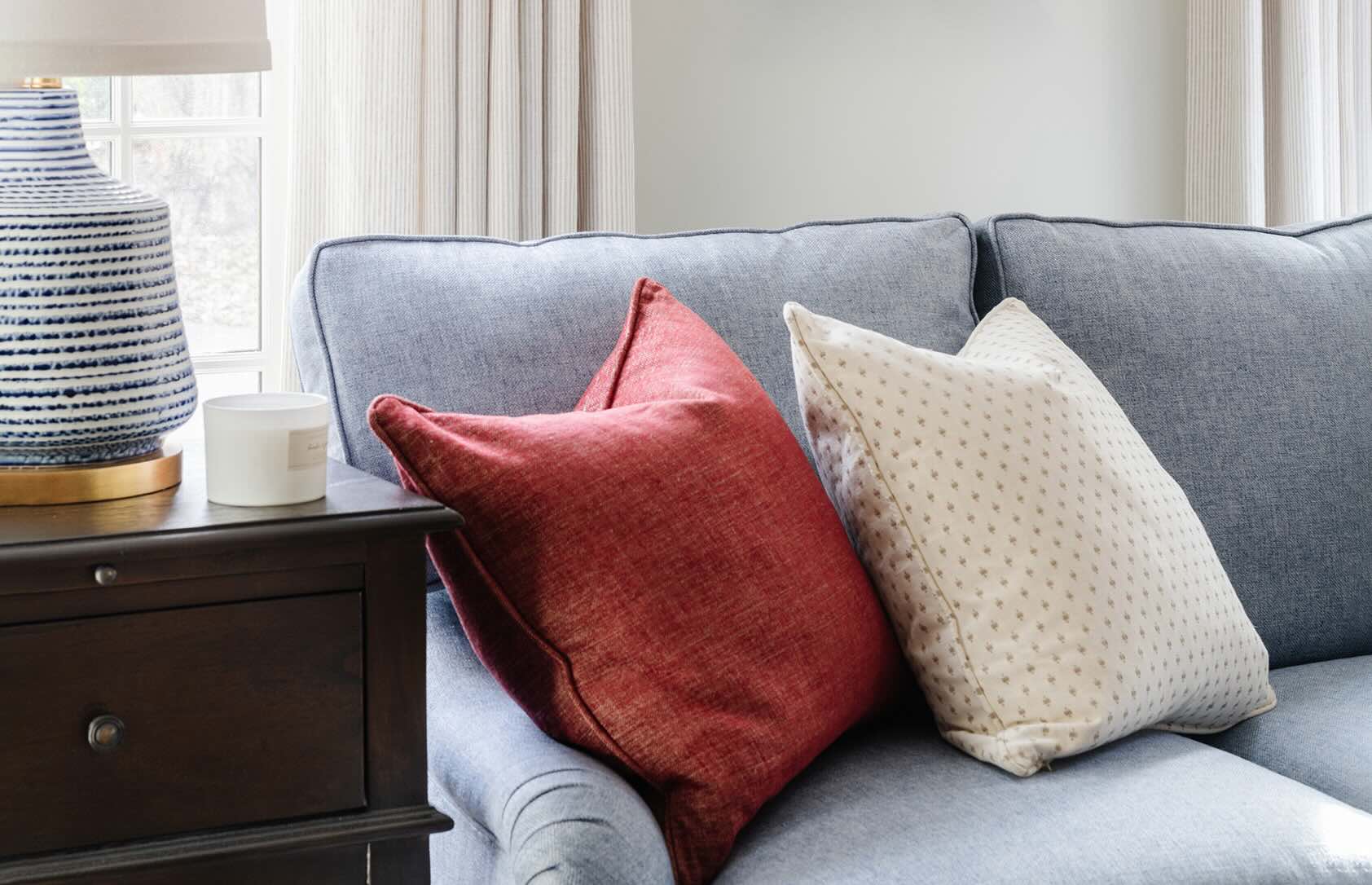

Articles
How Do You Measure Throw Pillows
Modified: January 5, 2024
Learn how to measure throw pillows in this informative article. Find out the proper sizing and dimensions to ensure you choose the right pillows for your decor.
(Many of the links in this article redirect to a specific reviewed product. Your purchase of these products through affiliate links helps to generate commission for Storables.com, at no extra cost. Learn more)
Introduction
Throw pillows are not only decorative accents but also functional elements in our homes. They can add a touch of color, style, and texture to any space, be it a living room, bedroom, or patio. However, choosing the right throw pillows can be a daunting task, especially when it comes to measuring their size and other important factors.
In this article, we will explore the various aspects of measuring throw pillows and provide you with valuable insights into the process. Whether you are looking to replace your existing throw pillows or add some new ones to your collection, understanding how to measure them correctly is essential to ensure a perfect fit and optimal comfort.
So, let’s dive into the world of throw pillows and discover the importance of accurate measurements in making the right choices for your home.
Key Takeaways:
- Accurate measurements of throw pillows are crucial for both visual appeal and comfort, ensuring a harmonious and inviting atmosphere in your home decor.
- Understanding the factors of size, fill, density, firmness, and comfort helps in making informed decisions and creating a cozy oasis with the perfect throw pillows.
Read more: How To Use Throw Pillows
Purpose of Throw Pillows
Throw pillows serve a dual purpose in home decor. On one hand, they enhance the aesthetic appeal of a space, adding color, pattern, and texture. On the other hand, they offer practical comfort and support.
From a design perspective, throw pillows are an opportunity to introduce pops of color and patterns that complement the overall theme of the room. They can tie together different elements of the decor, such as the sofa, curtains, or rugs. Additionally, throw pillows can be rotated seasonally to refresh the look of a space or create a specific mood.
However, throw pillows are not just for show. They also provide essential support and comfort. Placed strategically on sofas, chairs, or beds, they offer a soft cushioning effect that promotes relaxation and lounging. They can be used as lower back support or as headrests, allowing you to find the most comfortable position while sitting or lying down.
Throw pillows are particularly useful in creating a cozy and inviting atmosphere. They can transform a bare and austere piece of furniture into a warm and welcoming spot. By adding layers and dimension, throw pillows contribute to a sense of comfort and homeliness.
Moreover, throw pillows can serve as transitional elements, allowing you to easily update the decor without major expenses. By changing the pillows’ colors, shapes, or patterns, you can quickly change the ambiance of a room or adapt it to different seasons or occasions.
Overall, the purpose of throw pillows extends beyond mere decoration. They have functional advantages, such as providing comfort and support, and offer versatility in refreshing the look and feel of a space. Understanding their purpose helps us appreciate the importance of accurate measurements to ensure both visual appeal and optimal function in our selection.
Factors to Consider in Measuring Throw Pillows
When it comes to measuring throw pillows, there are several factors to consider to ensure a proper fit and enhance your comfort. Here are the key factors you should keep in mind:
- Size: The size of the throw pillow is crucial to determine its visual impact and how it fits within your furniture. Measure the dimensions of the area where the pillow will be placed, such as the sofa or bed, and choose a size that complements the scale of the furniture. Additionally, consider the aesthetic balance; larger pillows may work better on bigger furniture pieces, while smaller pillows can be used to accentuate smaller chairs or benches.
- Fill: The fill material affects the pillow’s shape, comfort, and durability. Common pillow fill options include down feathers, synthetic fibers, foam, or a combination of materials. Each fill provides different levels of softness, support, and resilience. Consider your personal preferences and any specific needs you might have, such as hypoallergenic properties or maximum fluffiness.
- Density: The density of a pillow refers to how tightly the fill material is packed. A higher density pillow will feel firmer and offer more support, while a lower density pillow will feel softer and more malleable. Consider the desired level of firmness and support for your intended use. For example, a denser pillow might be more suitable for providing back support on a firm chair, while a less dense pillow may be preferred for snuggling on the sofa.
- Firmness: Pillow firmness is closely related to density but refers specifically to the amount of compression the pillow provides when you lean on it. Some people prefer a pillow that quickly regains its shape after being compressed, while others prefer a pillow that molds to their body contours. Experiment with different levels of firmness to find what feels most comfortable for you.
- Comfort: Measure the overall comfort level of the pillow by considering its softness, loft, and texture. Softness refers to how plush and cushiony the pillow feels against your skin. Loft refers to the height and fullness of the pillow. Texture refers to the feel of the pillow cover, which can range from smooth to textured. These factors contribute to the overall tactile experience of the pillow and can greatly affect your comfort and enjoyment.
By taking these factors into account when measuring throw pillows, you can make informed decisions and select pillows that not only look great but also provide the desired level of comfort and support.
Measuring Pillow Dimensions
Measuring the dimensions of a throw pillow accurately is essential to ensure a proper fit within your furniture and decor. Here’s how to measure pillow dimensions effectively:
- Length and Width: Start by measuring the length and width of the pillow. Use a measuring tape and stretch it from one end of the pillow to the other, following the contours of the pillow to capture the most accurate measurements. Record the dimensions in inches or centimeters.
- Gusset or Depth: If your throw pillow has a gusset or depth, measure this as well. The gusset refers to the thickness or depth of the pillow. Place the pillow on a flat surface and use a ruler to measure the vertical distance from the base of the pillow to the top, including any additional height due to the gusset.
- Shape: In addition to the dimensions, consider the shape of the pillow. Is it square, rectangular, round, or another unique shape? Measure all sides and angles accordingly to accurately represent the shape of the pillow.
It’s important to note that when selecting throw pillows, it’s common to choose a slightly larger pillow to achieve a fuller and more luxurious look. For example, if you measure a sofa cushion to be 18 inches wide, you may opt for a 20 or 22-inch pillow to create a visually pleasing effect.
By accurately measuring the dimensions of throw pillows, you can confidently shop for pillows that fit seamlessly into your furniture arrangement and complement your overall decor.
Measuring Pillow Fill
Measuring the fill of a throw pillow is crucial in determining its comfort, support, and overall feel. Here are some considerations when measuring pillow fill:
- Fill Type: Start by identifying the type of fill material used within the pillow. Common options include down feathers, synthetic fibers, foam, or a combination of materials. Each fill type has its own characteristics, such as softness, resilience, and hypoallergenic properties. Understanding the fill type will give you insight into the overall feel and performance of the pillow.
- Fill Weight: The weight of the fill is an important factor to consider, as it affects the firmness and density of the pillow. Take note of the fill weight, which is typically measured in ounces or grams, to evaluate if it aligns with your desired level of support and comfort. A heavier fill weight generally indicates a firmer pillow, while a lighter fill weight suggests a softer one.
- Fill Distribution: Consider how the fill is distributed within the pillow. Some pillows have a consistent fill distribution throughout, while others may have specific zones or chambers for targeted support. Assess the distribution pattern and determine if it suits your preferences for comfort and support.
- Fluffiness: Fluffiness refers to the loftiness and ability of the pillow to regain its shape after use. Measure the fluffiness by gently pressing down on the pillow and observing how quickly it regains its original shape. A highly fluffy pillow will bounce back rapidly, while a less fluffy one may take longer to regain its form. Determining the desired level of fluffiness is a matter of personal preference.
When selecting throw pillows, consider the fill measurements in tandem with other factors like dimensions and firmness to make an informed decision about the pillows that best suit your needs and preferences.
When measuring throw pillows, always measure the pillow cover unfilled and flat. Measure the width and length from seam to seam for accurate sizing.
Read more: How To Pick Throw Pillows
Measuring Pillow Density
Measuring the density of a throw pillow is essential in determining its firmness, support, and overall feel. Here’s how to measure pillow density effectively:
- Squeeze Test: One way to measure pillow density is through a simple squeeze test. Gently grasp the pillow in your hand and squeeze it. Pay attention to how much resistance or give the pillow provides. A pillow with higher density will offer more resistance and feel firmer, while a pillow with lower density will feel softer and more pliable.
- Compression: Another method to gauge pillow density is by measuring the compression of the pillow when weight is applied. Place a predetermined weight on the pillow and measure the resulting compression depth. A pillow with higher density will have less compression and maintain its shape more effectively, while a pillow with lower density will experience more significant compression and may flatten out.
- Material: The fill material of the pillow can also give an indication of its density. Materials such as memory foam or latex tend to have higher density and offer more firmness and support. On the other hand, materials like down feathers or microfiber may have lower density and provide a softer feel.
When choosing a throw pillow, consider both the measured density and your personal preferences for firmness and support. A higher density pillow may be more suitable for those who prefer a firmer surface, while a lower density pillow may be preferred by those who prefer a softer and more cushioned feel.
By understanding how to measure the density of throw pillows, you can make informed decisions and select pillows that match your desired level of comfort and support.
Measuring Pillow Firmness
Measuring the firmness of a throw pillow is crucial to determine its level of support and comfort. Here are some considerations when measuring pillow firmness:
- Compression Test: One way to measure pillow firmness is through a compression test. Apply pressure to the pillow with your hand or body weight and observe how much it compresses. A firmer pillow will offer more resistance and provide less compression, while a softer pillow will yield more easily to pressure and compress further.
- Sensitivity to Weight: Consider how the pillow reacts to different weights. Firmer pillows may be less sensitive to weight and offer consistent support, while softer pillows may provide a sinking or contouring effect as they adjust to the weight applied.
- Material: The type of fill material used in the pillow can contribute to its firmness. For example, memory foam pillows are known for their firm and supportive nature, while down-filled pillows tend to be softer and more plush.
- Personal Preference: Keep in mind that firmness is subjective and varies from person to person. What feels firm to one individual may feel soft to another. Consider your personal preference and any specific support requirements you may have, such as neck or back support, when evaluating the firmness of a pillow.
It’s important to find the right balance of firmness that provides both support and comfort for your specific needs. Experiment with different levels of firmness before making a decision, and consider using customer reviews or recommendations to guide your selection.
By accurately measuring and understanding the firmness of throw pillows, you can choose pillows that offer the right balance of support and comfort for a restful and rejuvenating experience.
Measuring Pillow Comfort
Measuring the comfort of a throw pillow is essential in ensuring a pleasurable and cozy experience. Here are some considerations when measuring pillow comfort:
- Softness: Measure the softness of the pillow by evaluating its exterior and fill material. The pillow cover should feel smooth and gentle against your skin, while the fill material should provide a plush and cushioned sensation.
- Loft: Loft refers to the height and fullness of the pillow. Measure the loft by observing how well the pillow maintains its shape and volume. An ideal pillow should have enough loft to provide adequate neck and head support while remaining comfortable.
- Texture: Pay attention to the texture of the pillow cover. It should have a pleasing tactile feel, whether it’s smooth, quilted, ribbed, or textured. The texture adds dimension to the pillow and enhances its overall comfort.
- Temperature Regulation: Comfort can also be measured by how well the pillow regulates temperature. Some pillows are designed to provide cooling properties, while others offer warmth and coziness. Consider your personal preference and any specific needs you may have, such as temperature-sensitive sleepers or specific climate conditions.
- Support: Evaluate how well the pillow provides the necessary support for your body and sleeping position. The pillow should align your neck and spine for optimal comfort and reduce any strain or discomfort.
When selecting throw pillows, it’s essential to accurately measure the comfort level to ensure you choose pillows that provide the desired level of relaxation and coziness. Take into account the softness, loft, texture, temperature regulation, and support to find the pillows that best suit your individual comfort preferences.
Remember, comfort is subjective, so it’s crucial to try out the pillow for yourself and consider any specific needs or preferences you may have to create a comfortable and inviting oasis in your home.
Conclusion
Measuring throw pillows accurately is essential in selecting the right pillows that not only enhance the aesthetic appeal of your space but also provide the comfort and support you desire. By considering factors such as size, fill, density, firmness, and comfort, you can make informed decisions and create a cozy and inviting atmosphere in your home.
The size of the throw pillow should be proportionate to the furniture and space it will occupy, ensuring a visually pleasing arrangement. The fill material, weight, and distribution play a significant role in determining the pillow’s feel, softness, and support. Understanding the density and firmness helps you choose pillows that match your preferred level of comfort and personal needs.
Additionally, considering the comfort aspects, such as softness, loft, texture, and temperature regulation, ensures that the throw pillows contribute to an inviting and enjoyable experience. The right combination of comfort and support will make lounging on sofas and beds more pleasurable and create a cozy ambiance in your living spaces.
Remember that pillow preferences can vary from person to person, so it’s important to experiment with different options and pay attention to your personal comfort. By measuring throw pillows accurately and considering these various factors, you can select pillows that meet your individual preferences and create a harmonious and comfortable environment in your home.
So, whether you’re looking to refresh your decor, add a touch of style, or simply upgrade your comfort, measuring throw pillows correctly ensures that you make the right choices and create a space that represents your unique style and provides a haven of relaxation.
Frequently Asked Questions about How Do You Measure Throw Pillows
Was this page helpful?
At Storables.com, we guarantee accurate and reliable information. Our content, validated by Expert Board Contributors, is crafted following stringent Editorial Policies. We're committed to providing you with well-researched, expert-backed insights for all your informational needs.

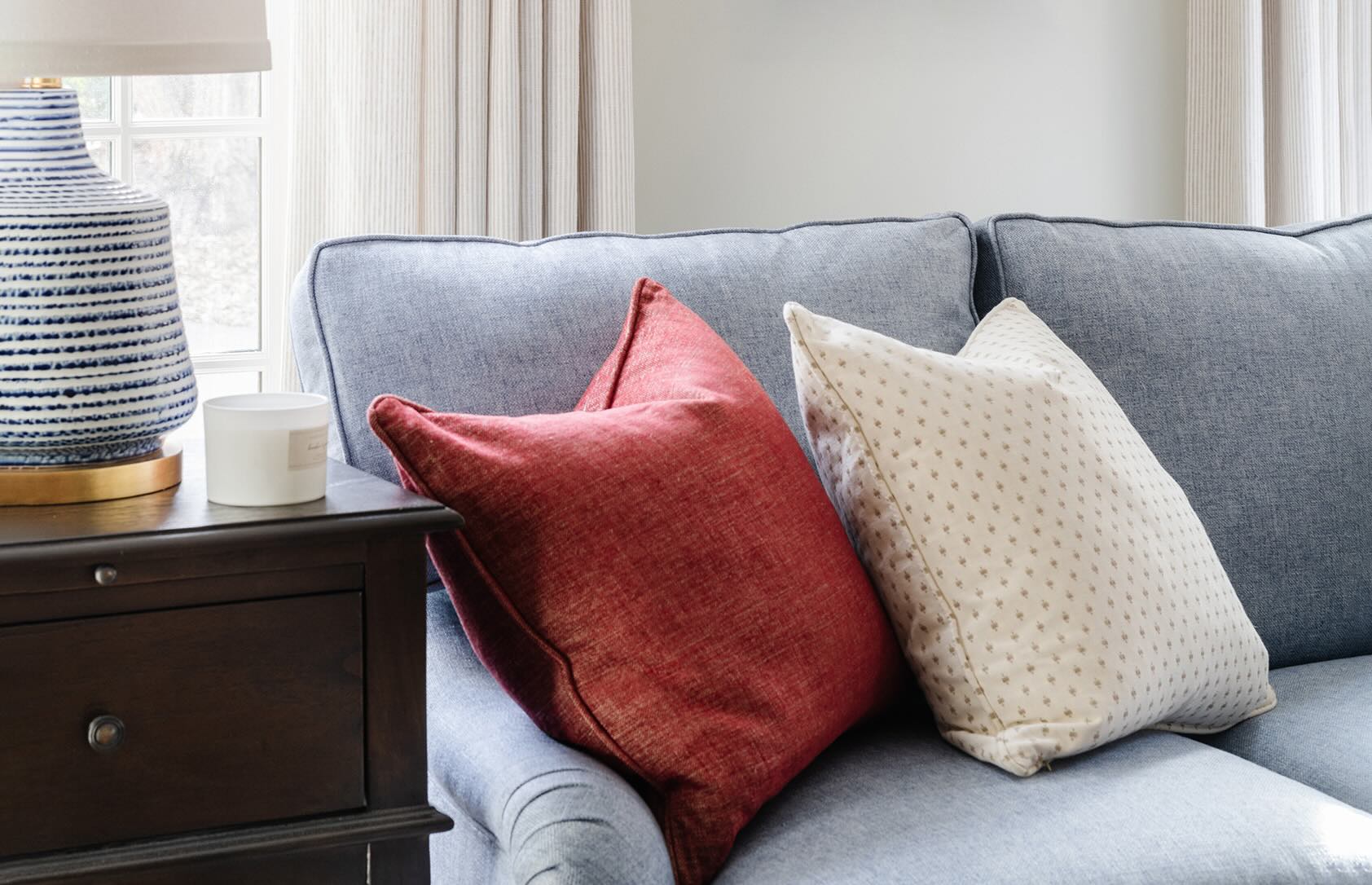
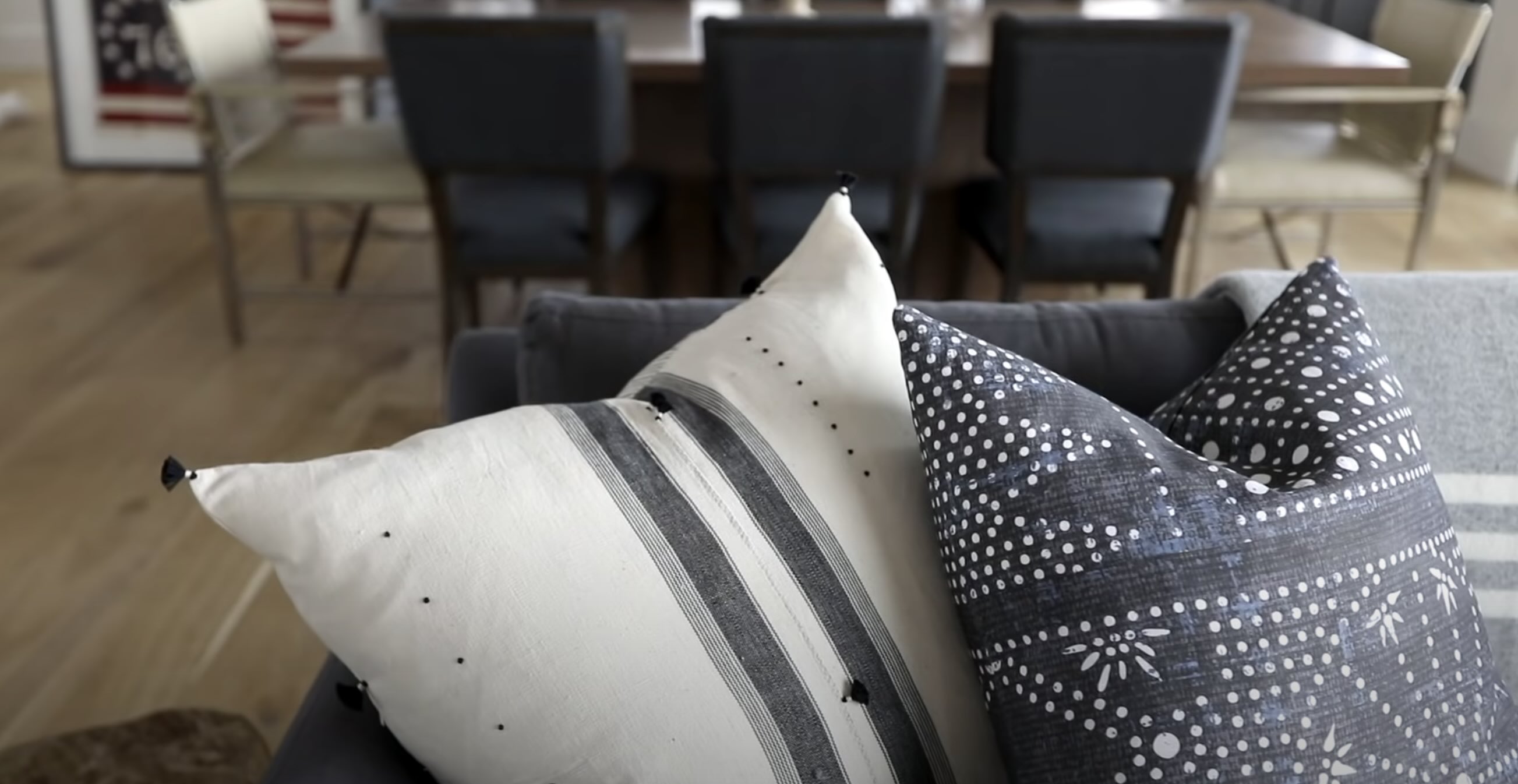
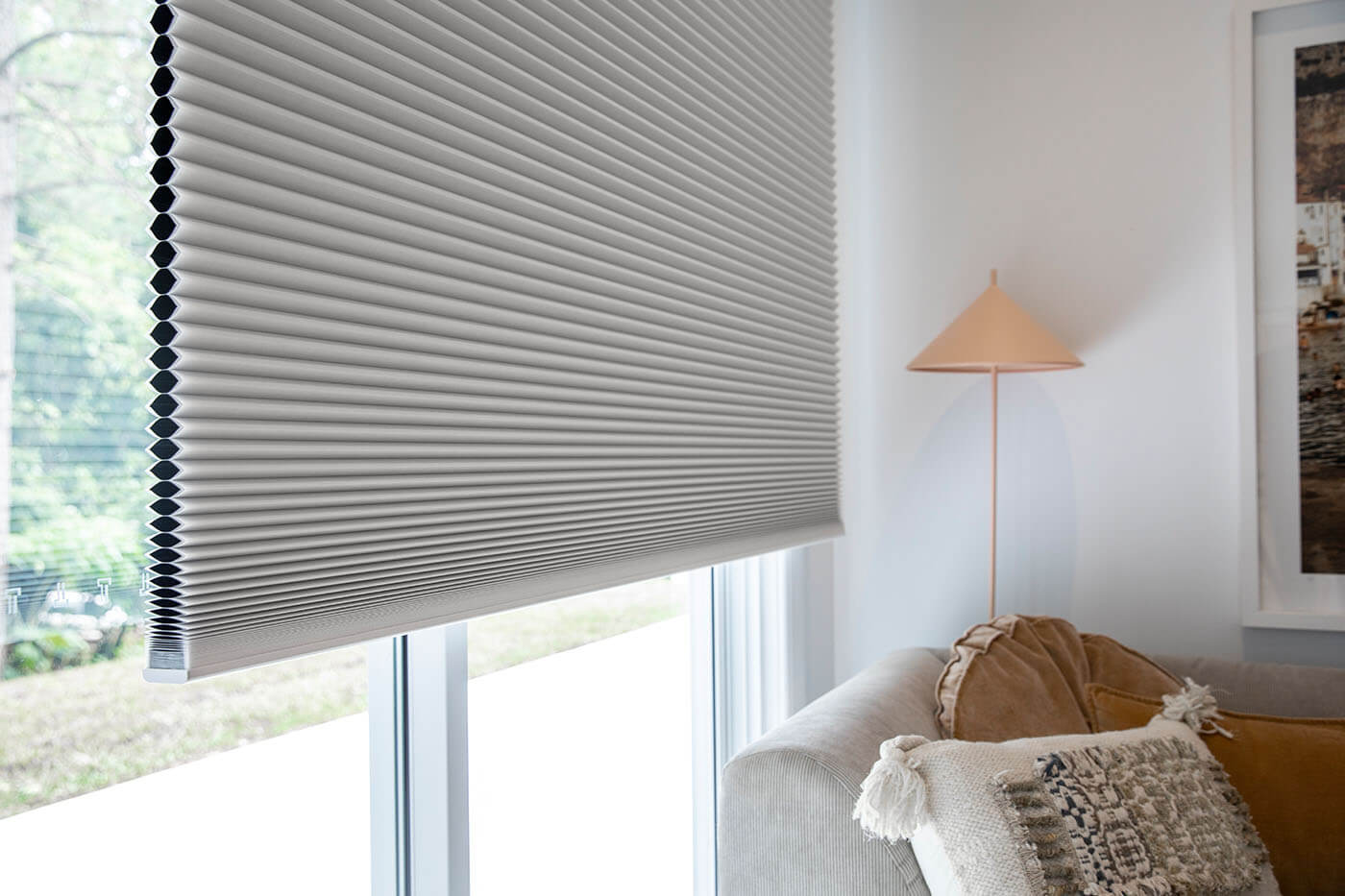
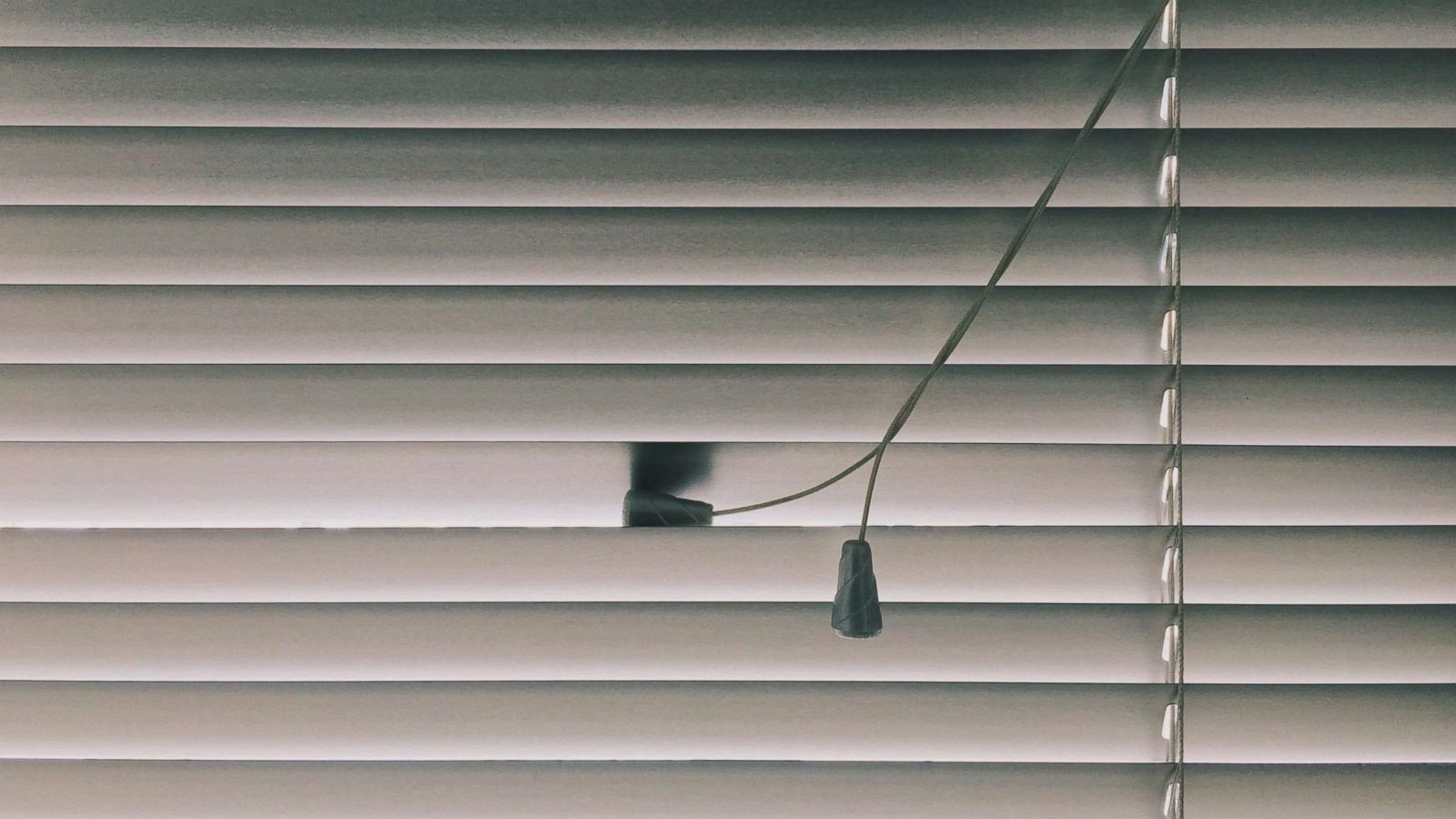
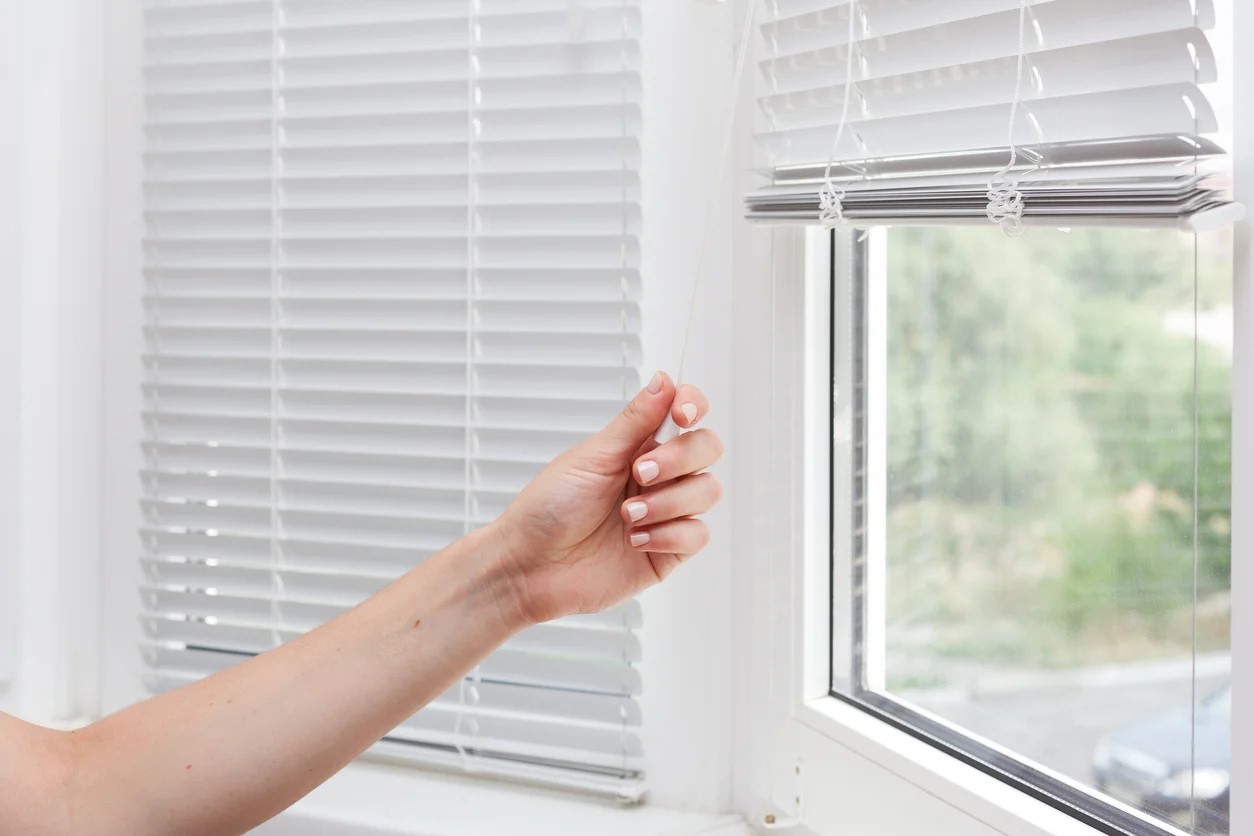
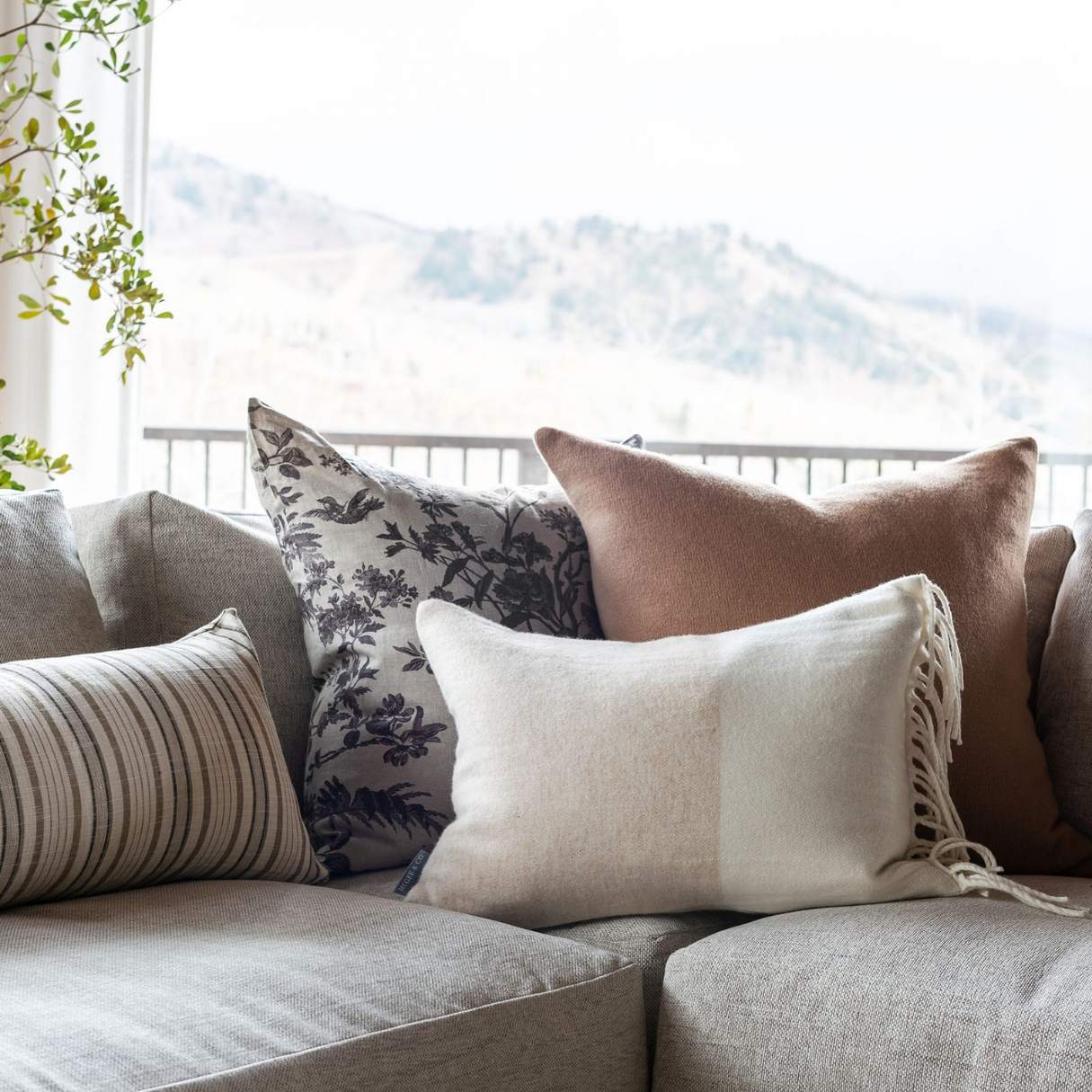
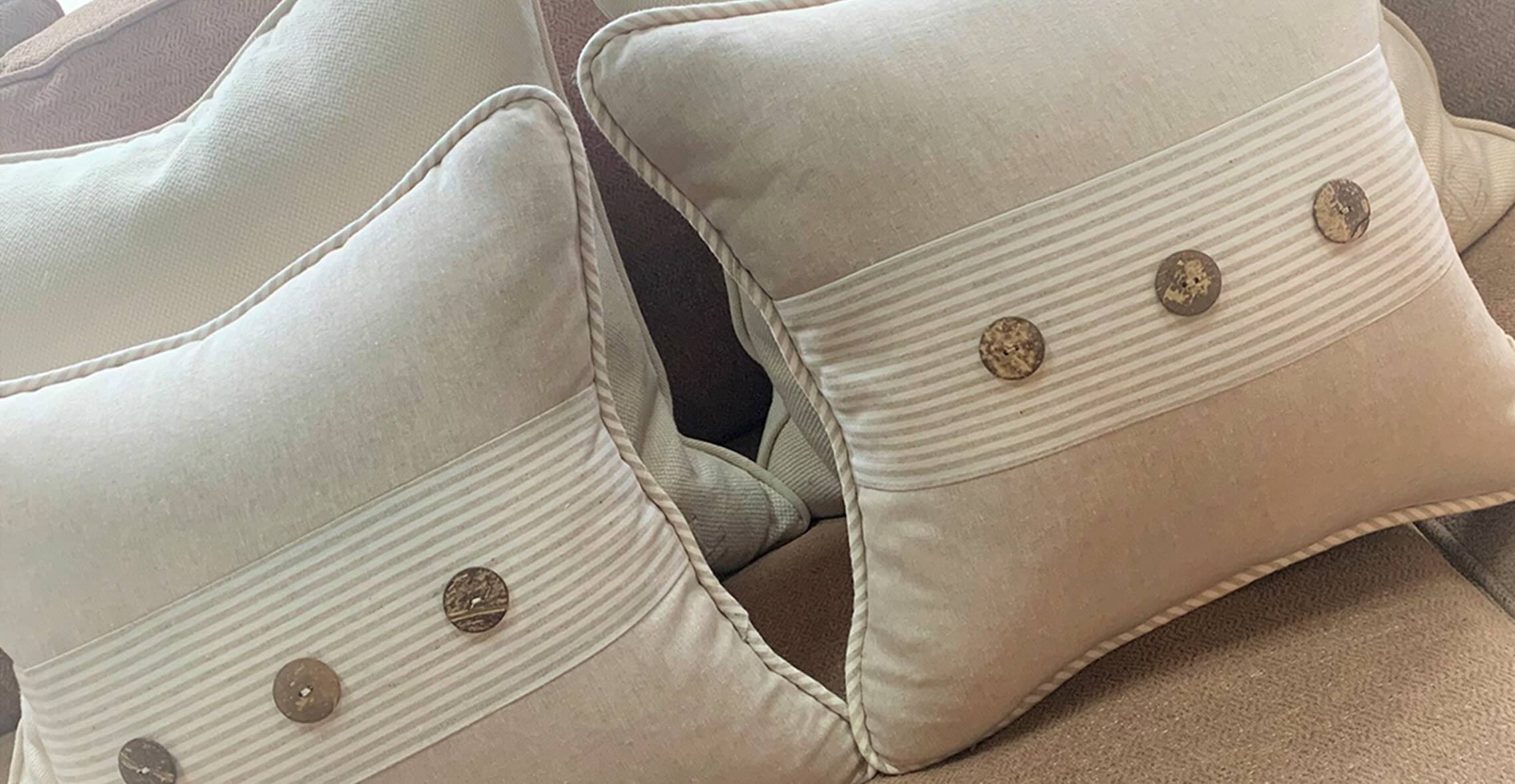
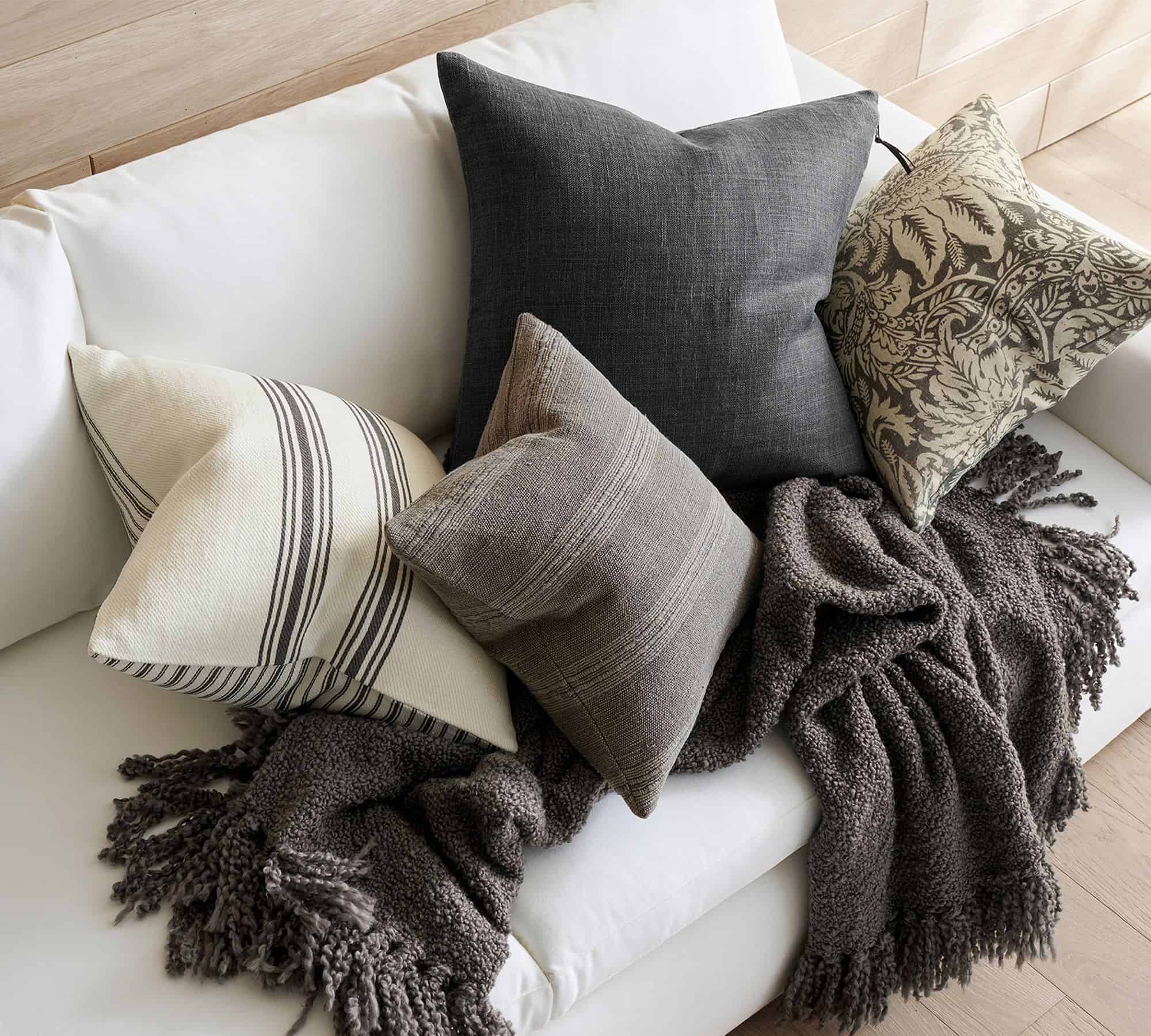
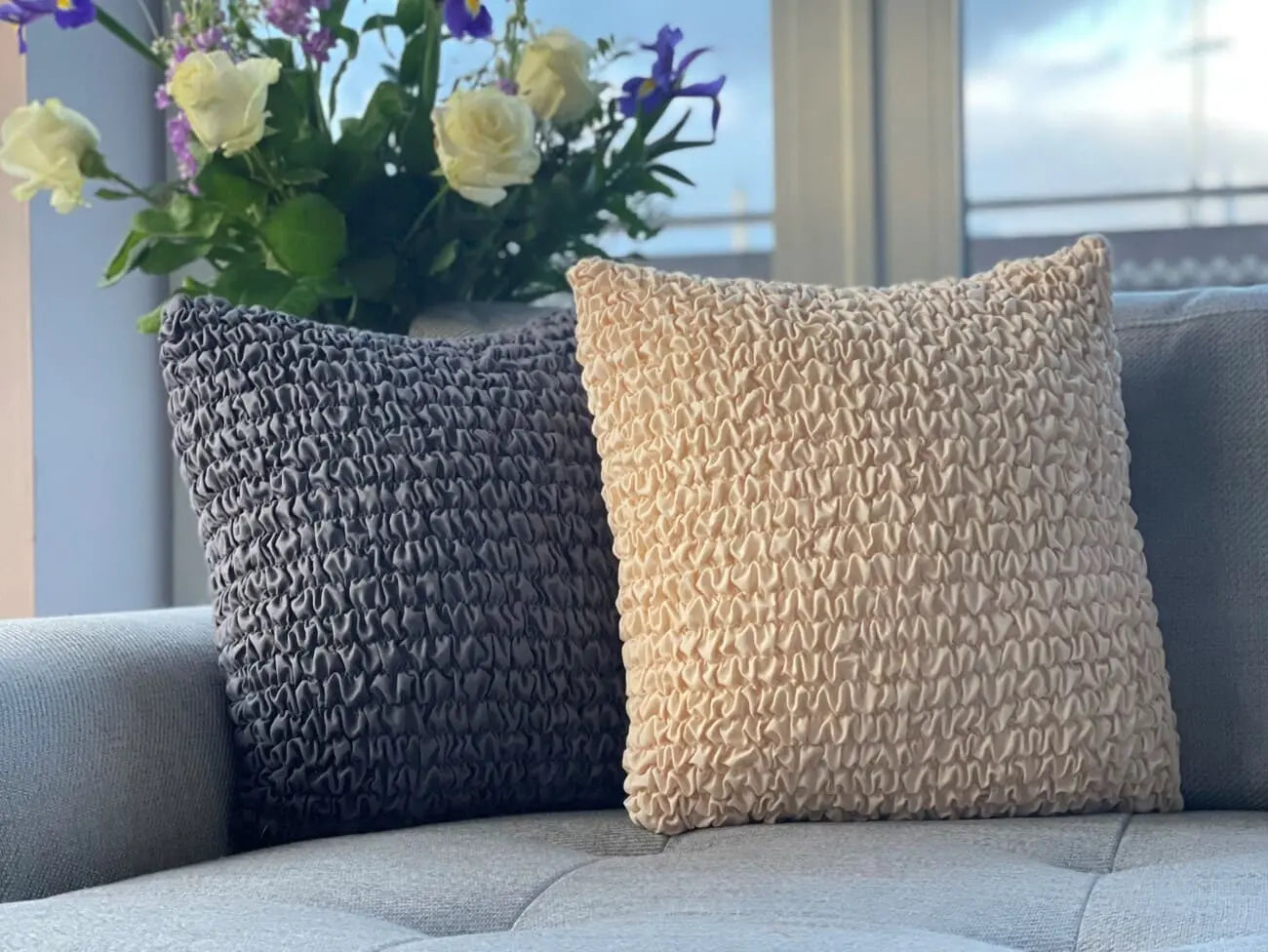
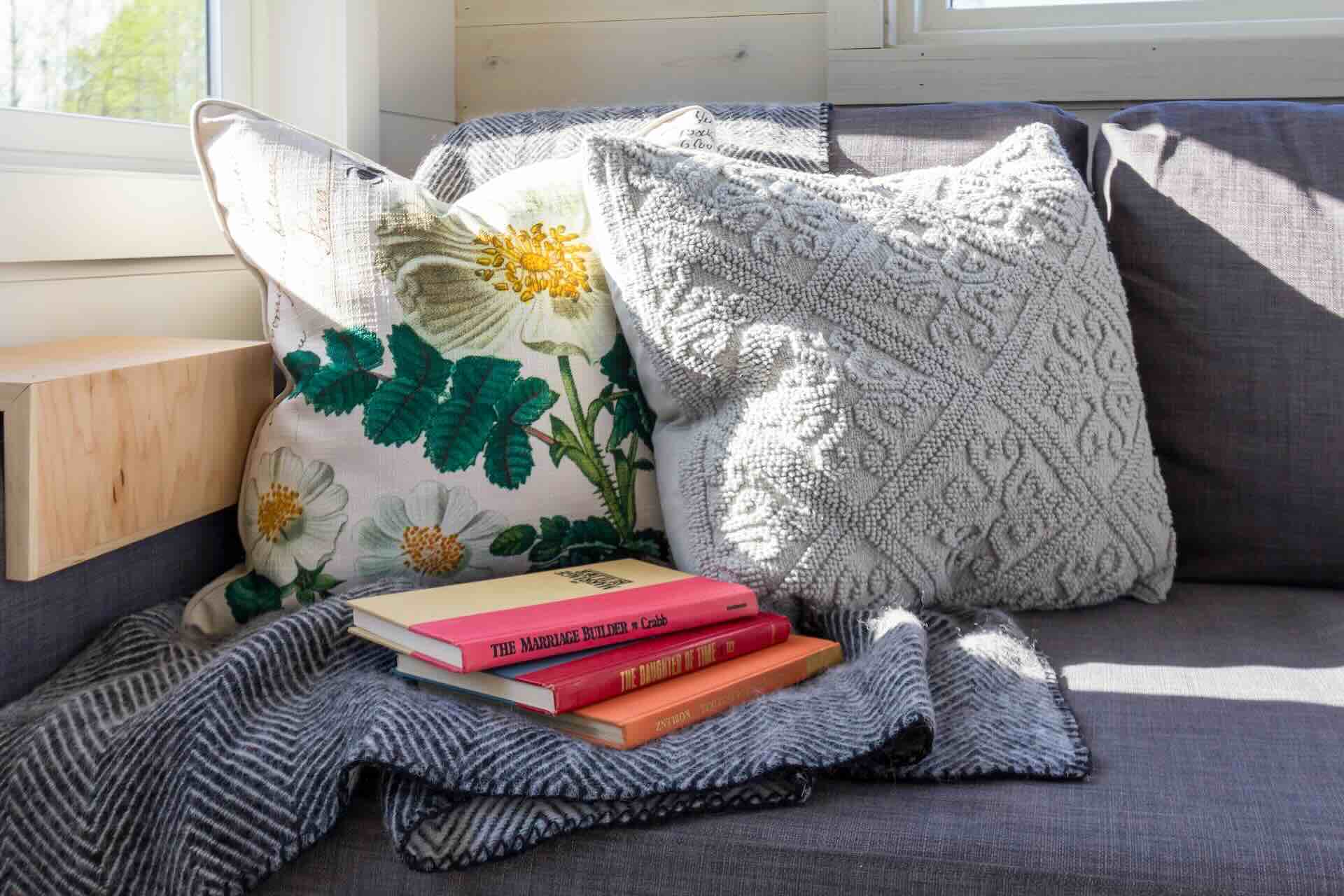
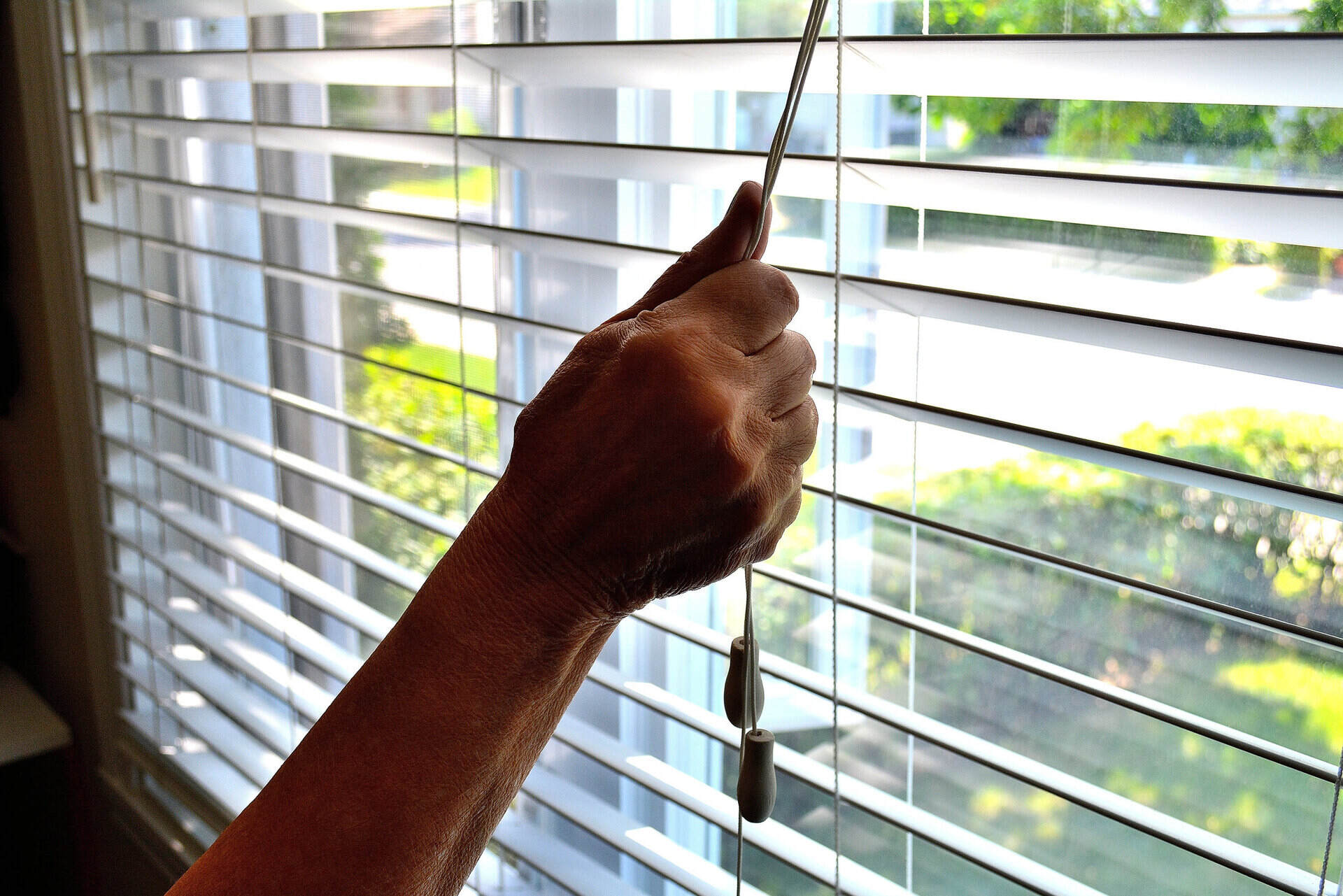
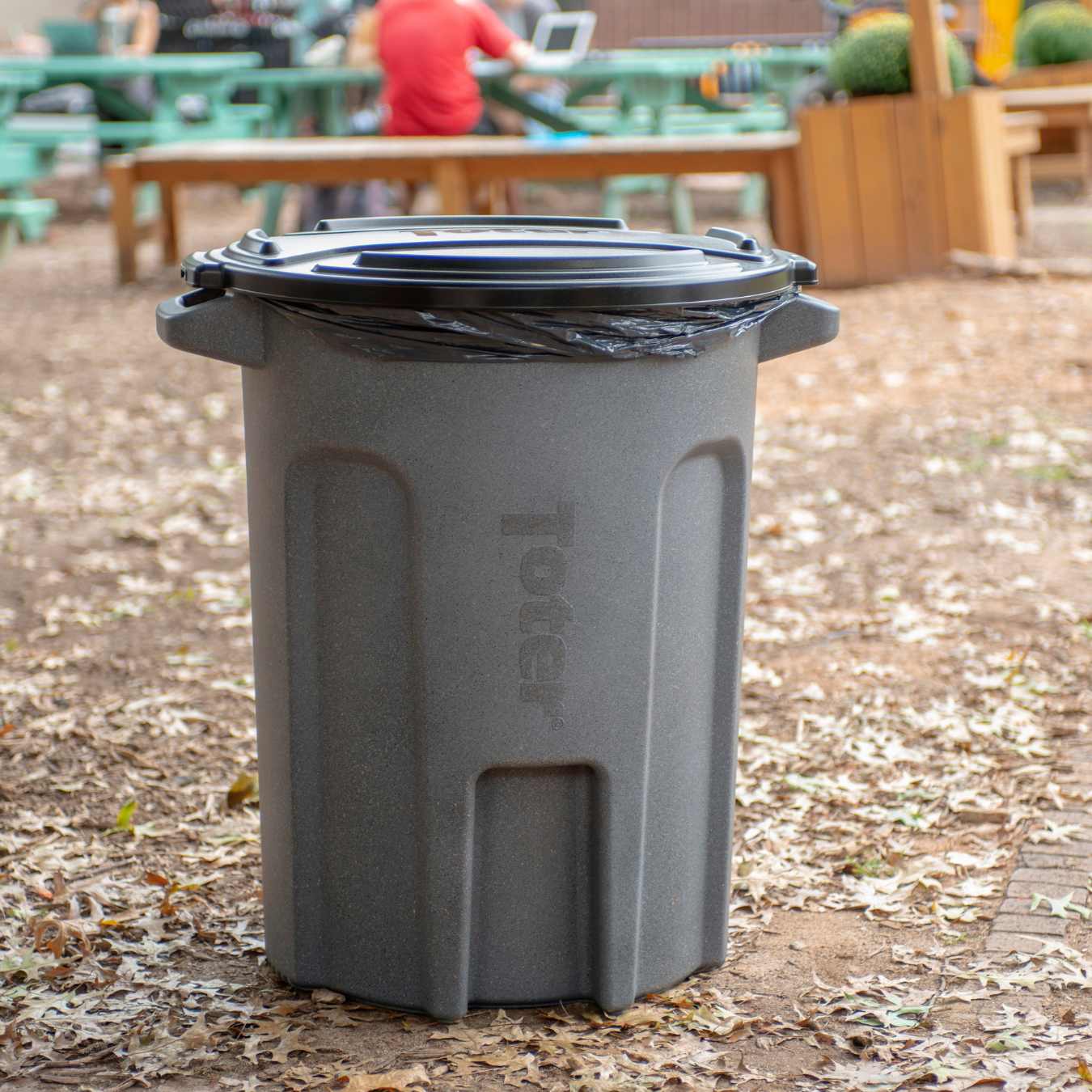
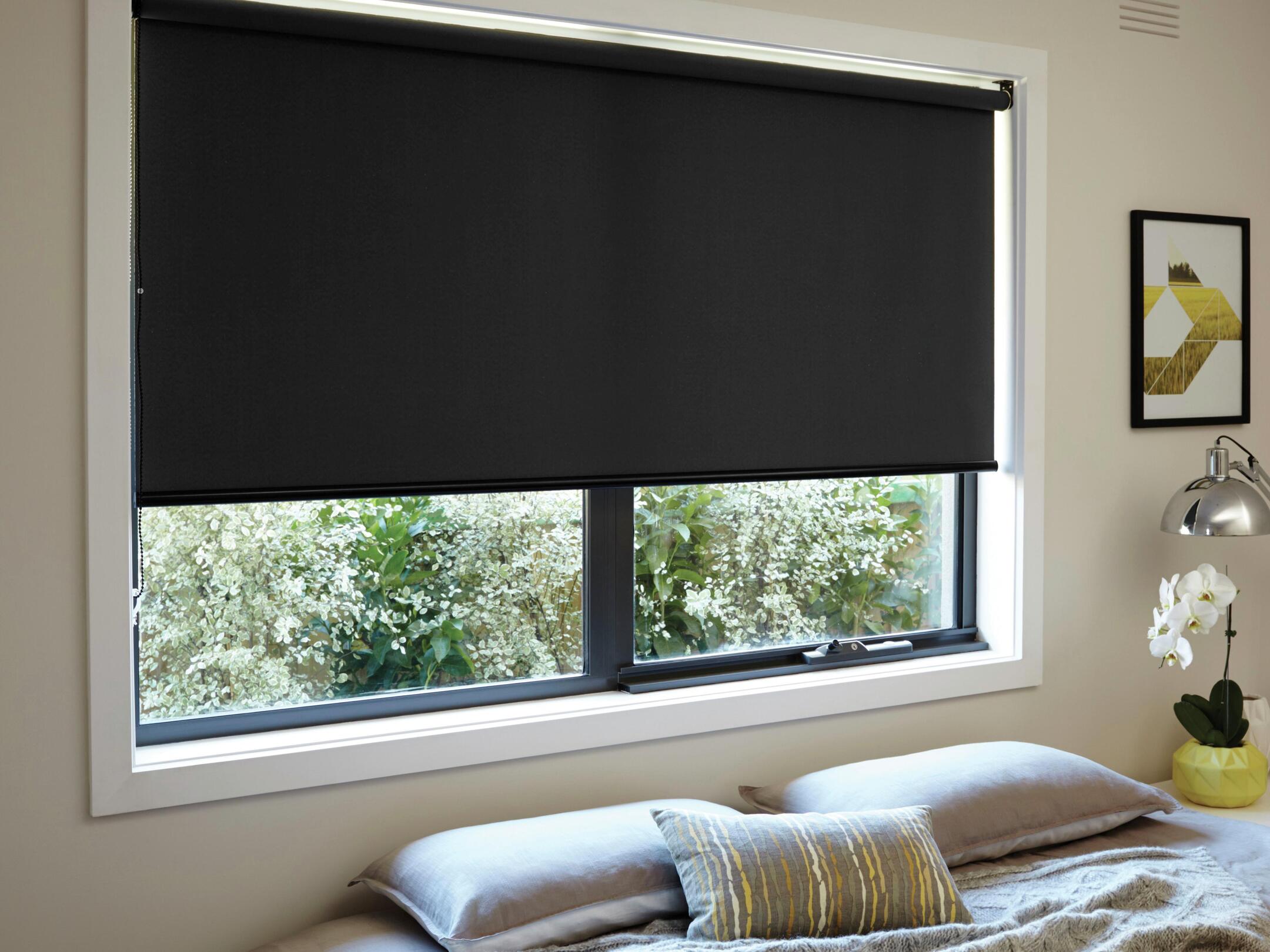

0 thoughts on “How Do You Measure Throw Pillows”